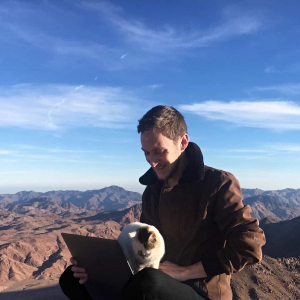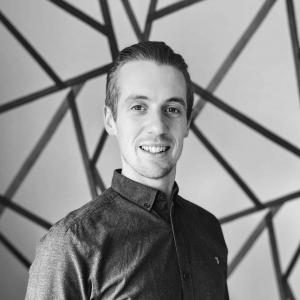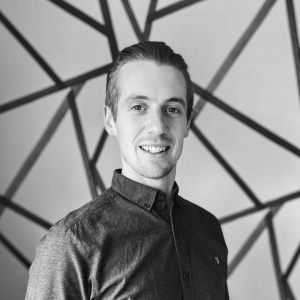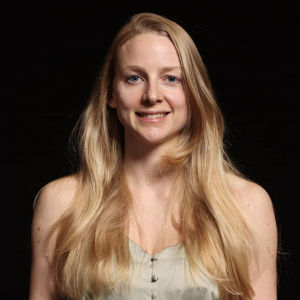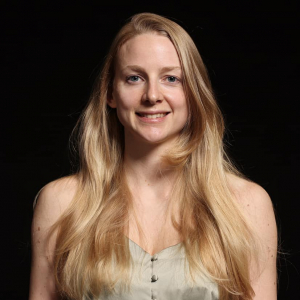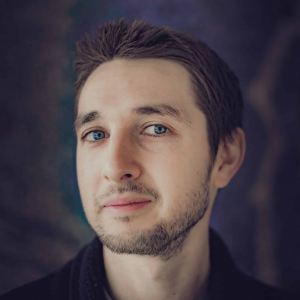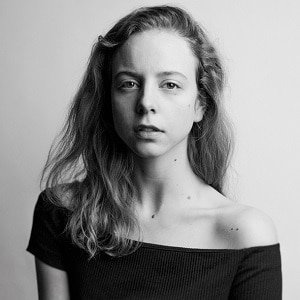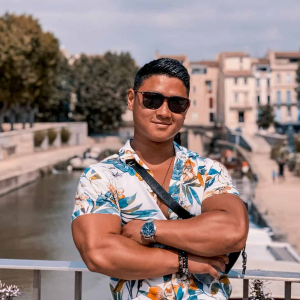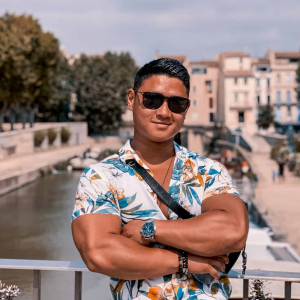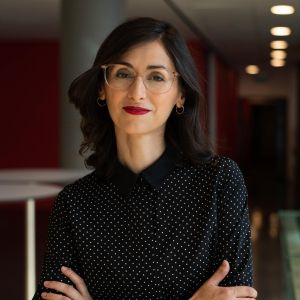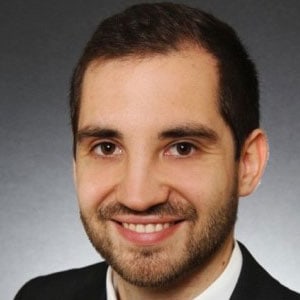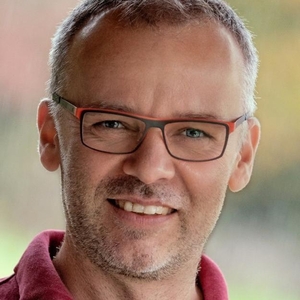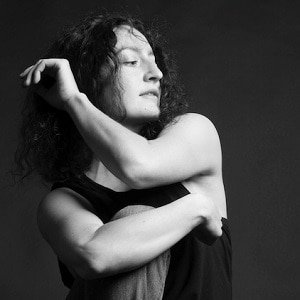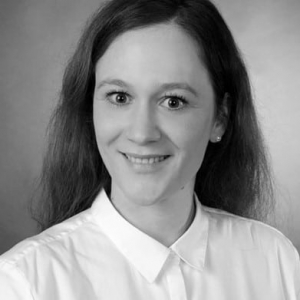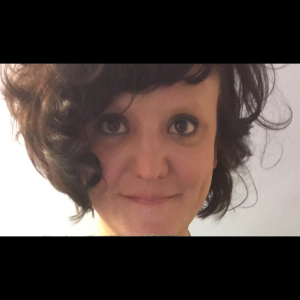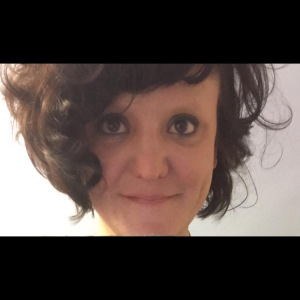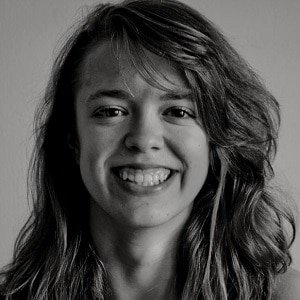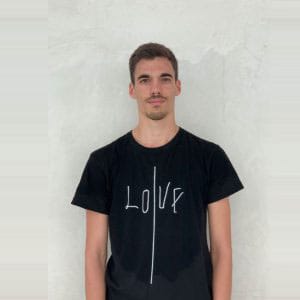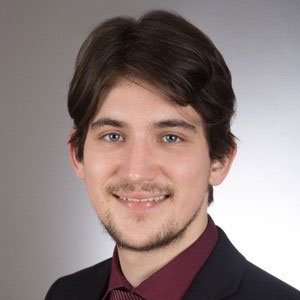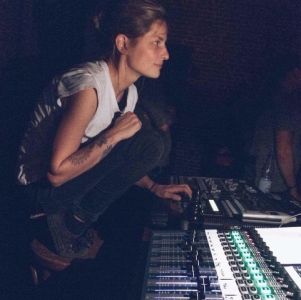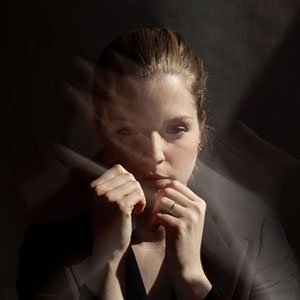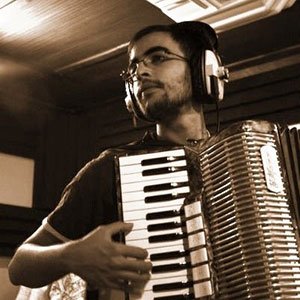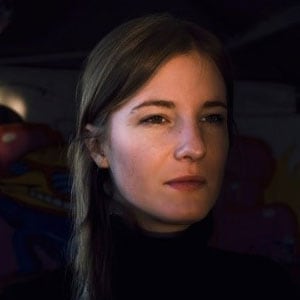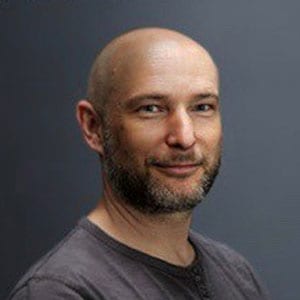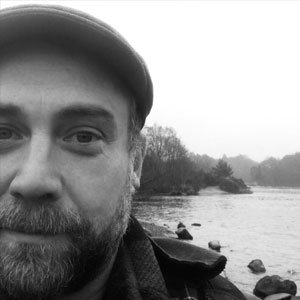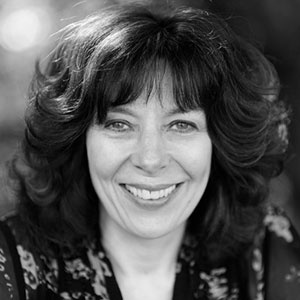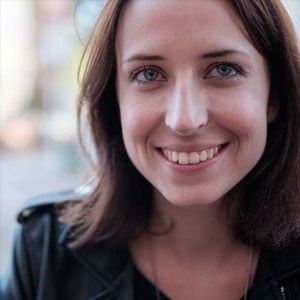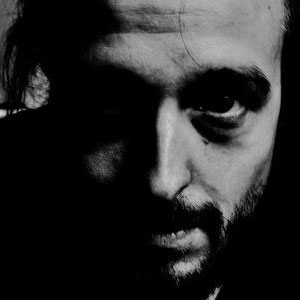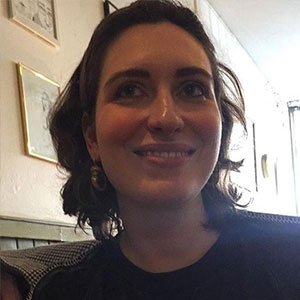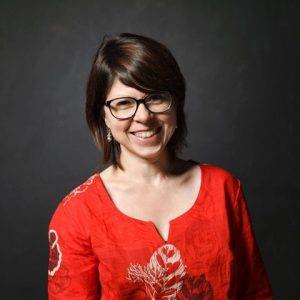Texturkörper I Körpertextur – R&D
In the coming weeks, Elisabeth will embark on a new research process together with designer & visual artist Mélanie Planchard. Supported by TROIS C-L, Centre de Création Chorégraphique (LU), Zsenne Art Lab (BE) as well as Sjönevad Arts Space (SE), the project’s aim is to explore synergetic potentials between dance and costume design. To this end, the dancer and choreographer Elisabeth Schilling and the costume designer Mélanie Planchard will examine, in an intensive cooperation, to which extent, in dance, textile objects are not merely props that step back behind human movement, but actants that enter into a reciprocal and creative relationship to body and movement. How can certain states and qualities of movement be translated from the body of the dancer, via the eyes and hands of the designer, into an object that itself interacts with the corporeal reality it encloses? And how does that corporeal reality, the body, react to this object, which touches it, only seemingly external and foreign, extending its surface? What new movements does this touching enable, and of what kind are the textures of meaning and sensibility that emerge once all objects become actants on the same plane, dancing together?
As these questions suggest, the research will begin from the phenomenon of touch: How can movements and materials, though apparently of different natures, touch? How can material textures be translated into movement? How do we move between senses (from vision to touch, from touch to vision, etc.), and how can one sense be transposed into another? The project will act as a laboratory for interdependent experimentation and invention, in which new and perhaps surprising forms of touching and sensing may emerge. If, in a narrow sense, touch is the (intentional or unintentional) contact established between two or more physical objects, our approach will be to investigate forms of touching that need not, or not necessarily, involve physical contact, proposing a form of touching that allows all senses to act in concert, allowing sensations to traverse sensitive media (movement becomes vision becomes physical sensation, etc.).
Picture: Martine Pinnel

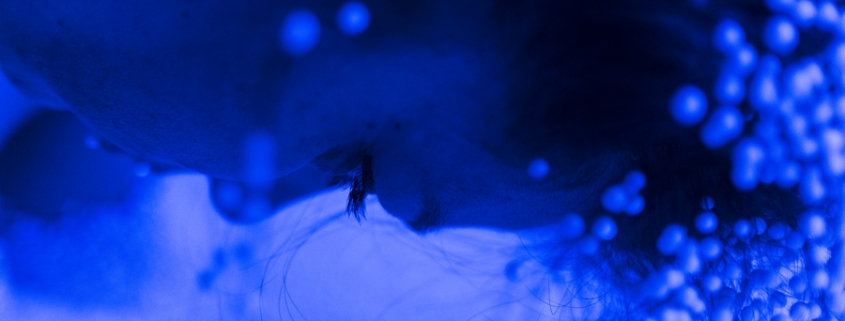



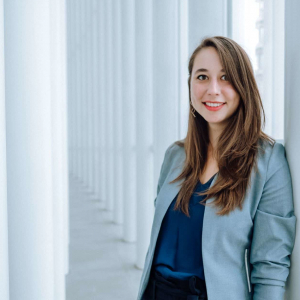

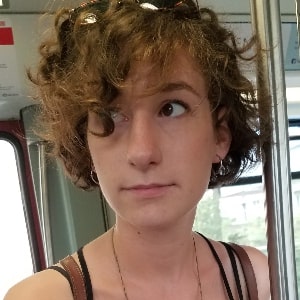
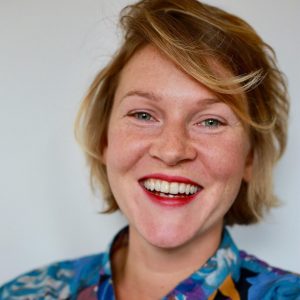
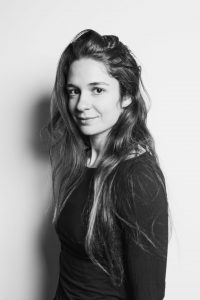
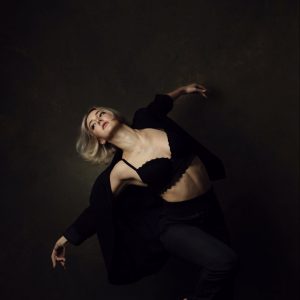
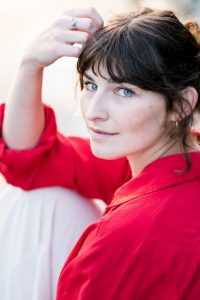
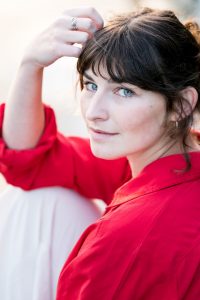
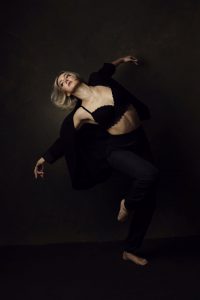
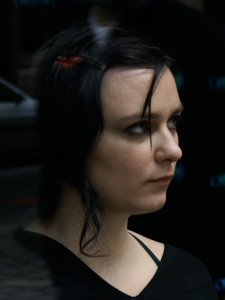
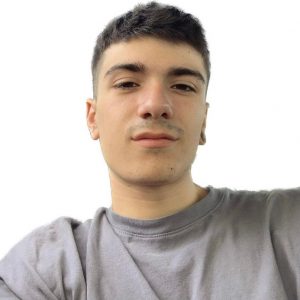
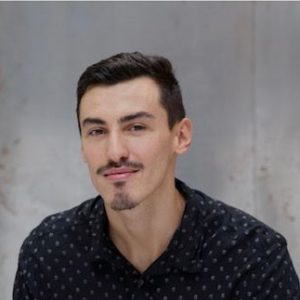
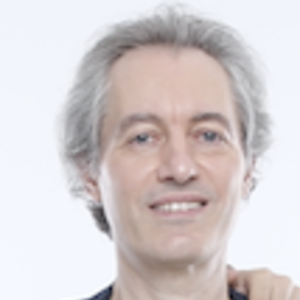
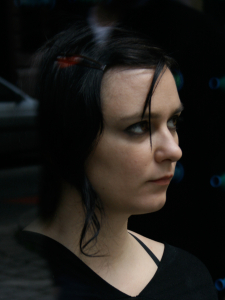
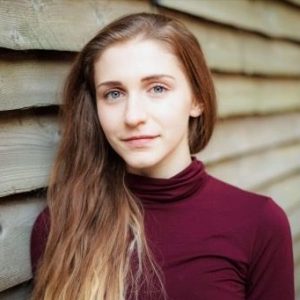
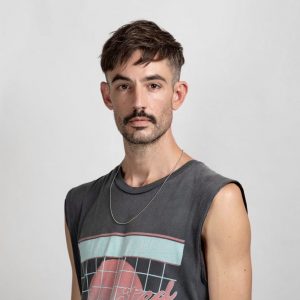
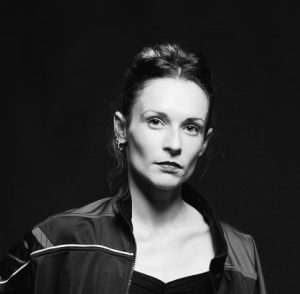 Lou begann im Alter von 5 Jahren in ihrer Heimatstadt zu tanzen. Im Jahr 2012 schloss sie sich dem Ballet Junior de Genève an, wo sie Werke von renommierten Choreografen wie Andonis Foniadakis oder Hofesh Schechter tanzte. 2016 schloss sie sich dem Kamea Dance Cie in Israel an, wo sie unter anderem Werke des Regisseurs Tamir Ginz, aber auch von Nacho Duato und Marco Goecke tanzte. Seit 2020 ist sie als Gasttänzerin am Grand Théâtre de Genève engagiert und arbeitet seitdem als freischaffende Tänzerin.
Lou begann im Alter von 5 Jahren in ihrer Heimatstadt zu tanzen. Im Jahr 2012 schloss sie sich dem Ballet Junior de Genève an, wo sie Werke von renommierten Choreografen wie Andonis Foniadakis oder Hofesh Schechter tanzte. 2016 schloss sie sich dem Kamea Dance Cie in Israel an, wo sie unter anderem Werke des Regisseurs Tamir Ginz, aber auch von Nacho Duato und Marco Goecke tanzte. Seit 2020 ist sie als Gasttänzerin am Grand Théâtre de Genève engagiert und arbeitet seitdem als freischaffende Tänzerin.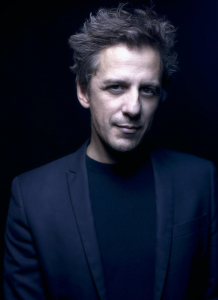
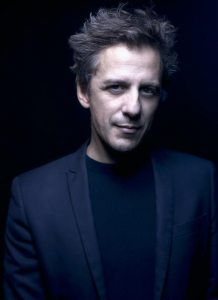
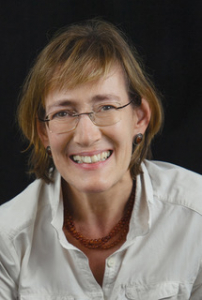
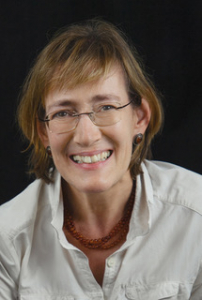
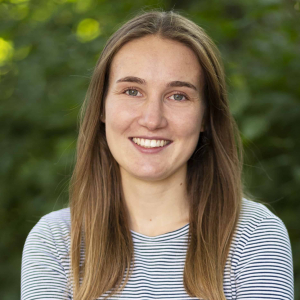 Johanna Schmitt
Johanna Schmitt Johanna Schmitt
Johanna Schmitt